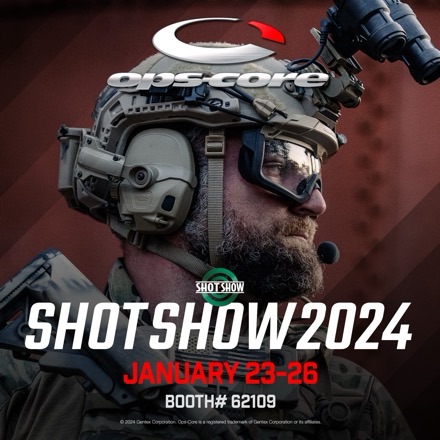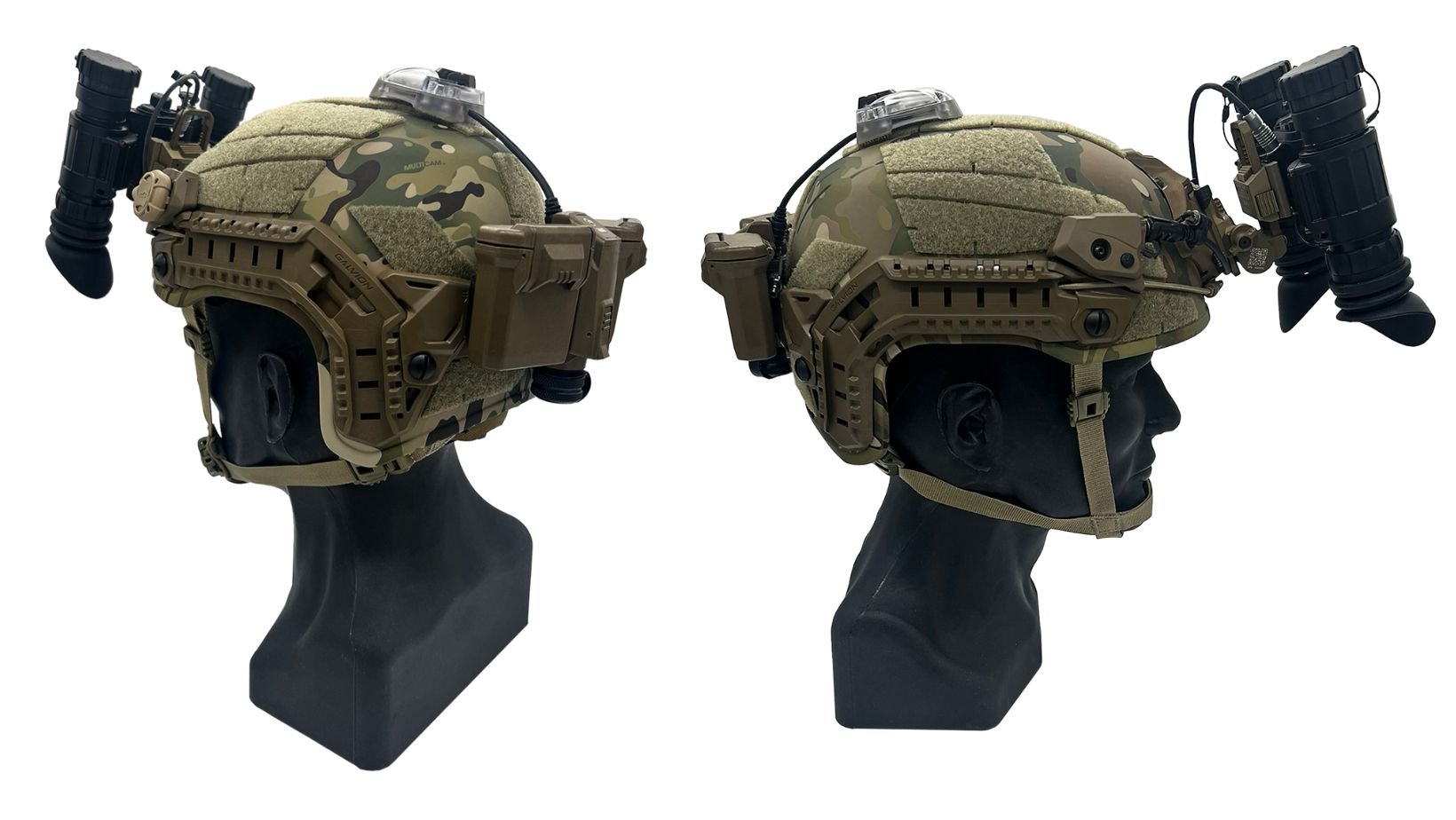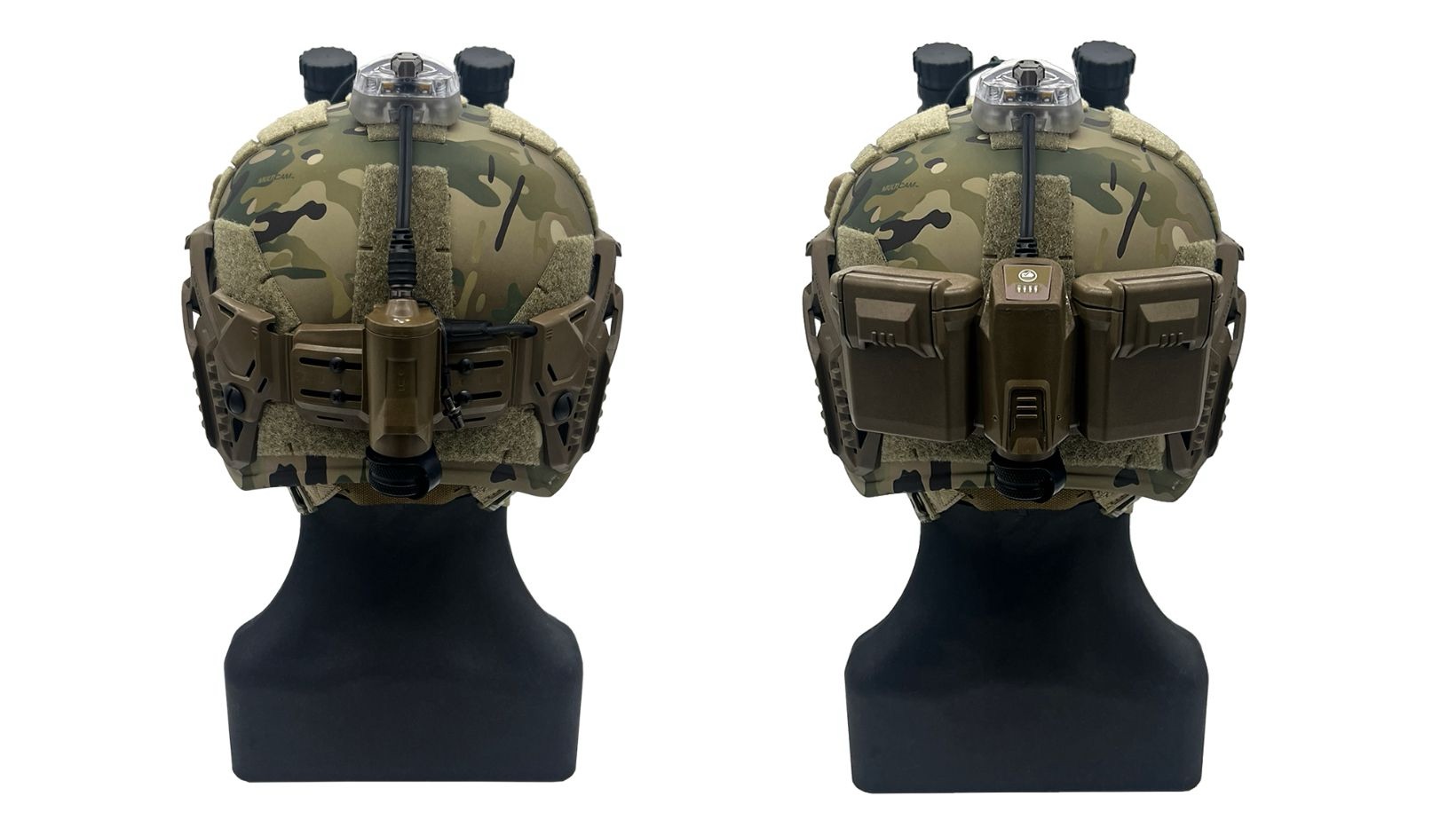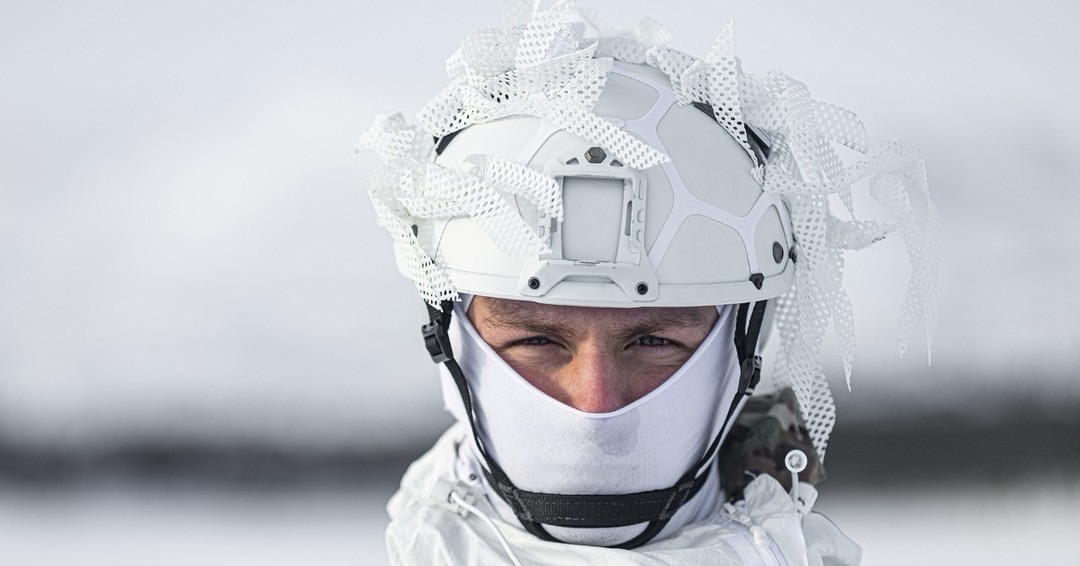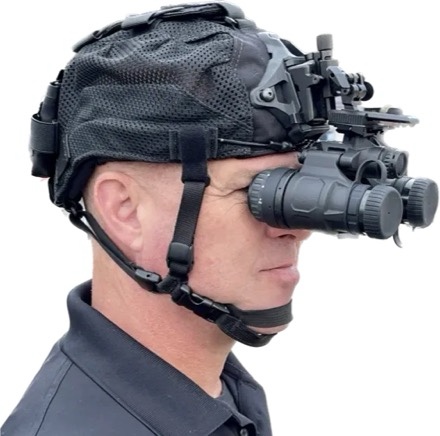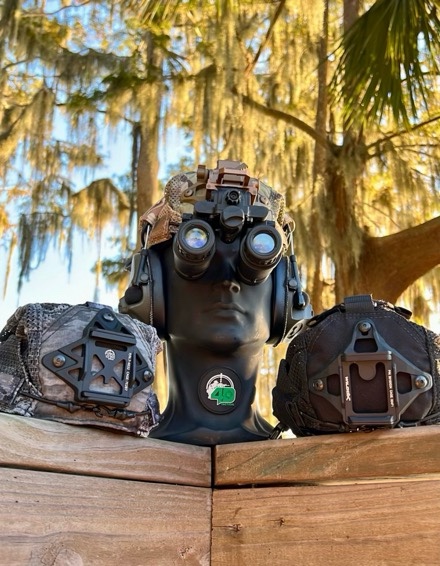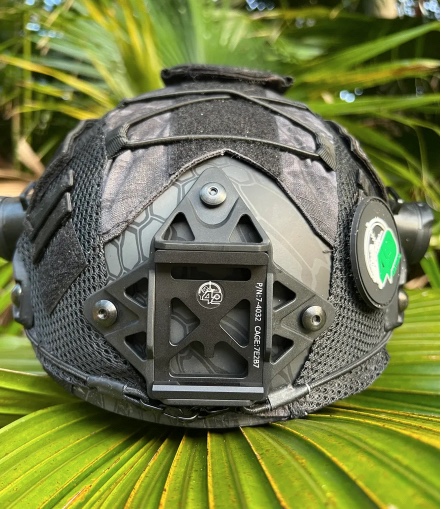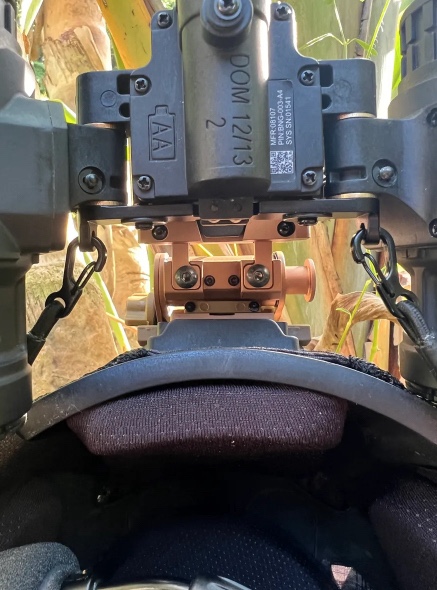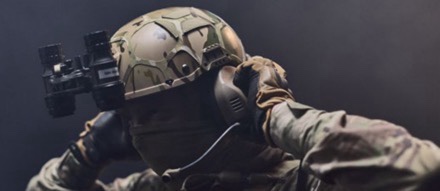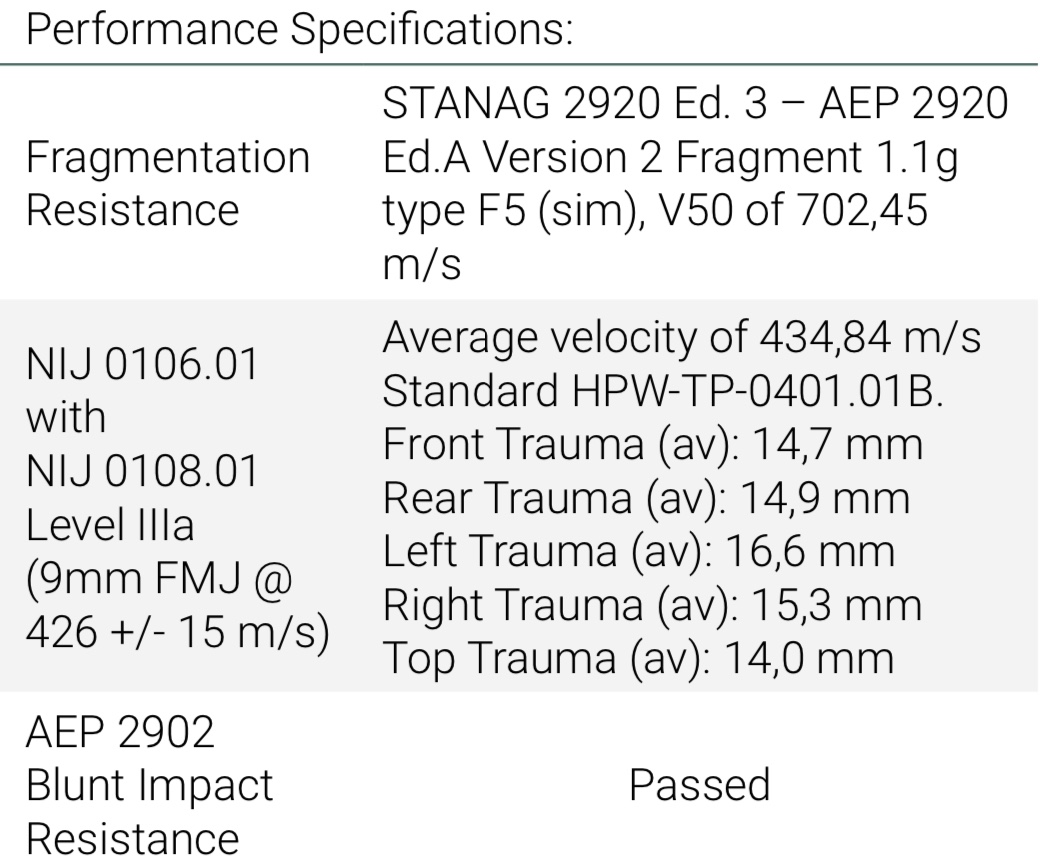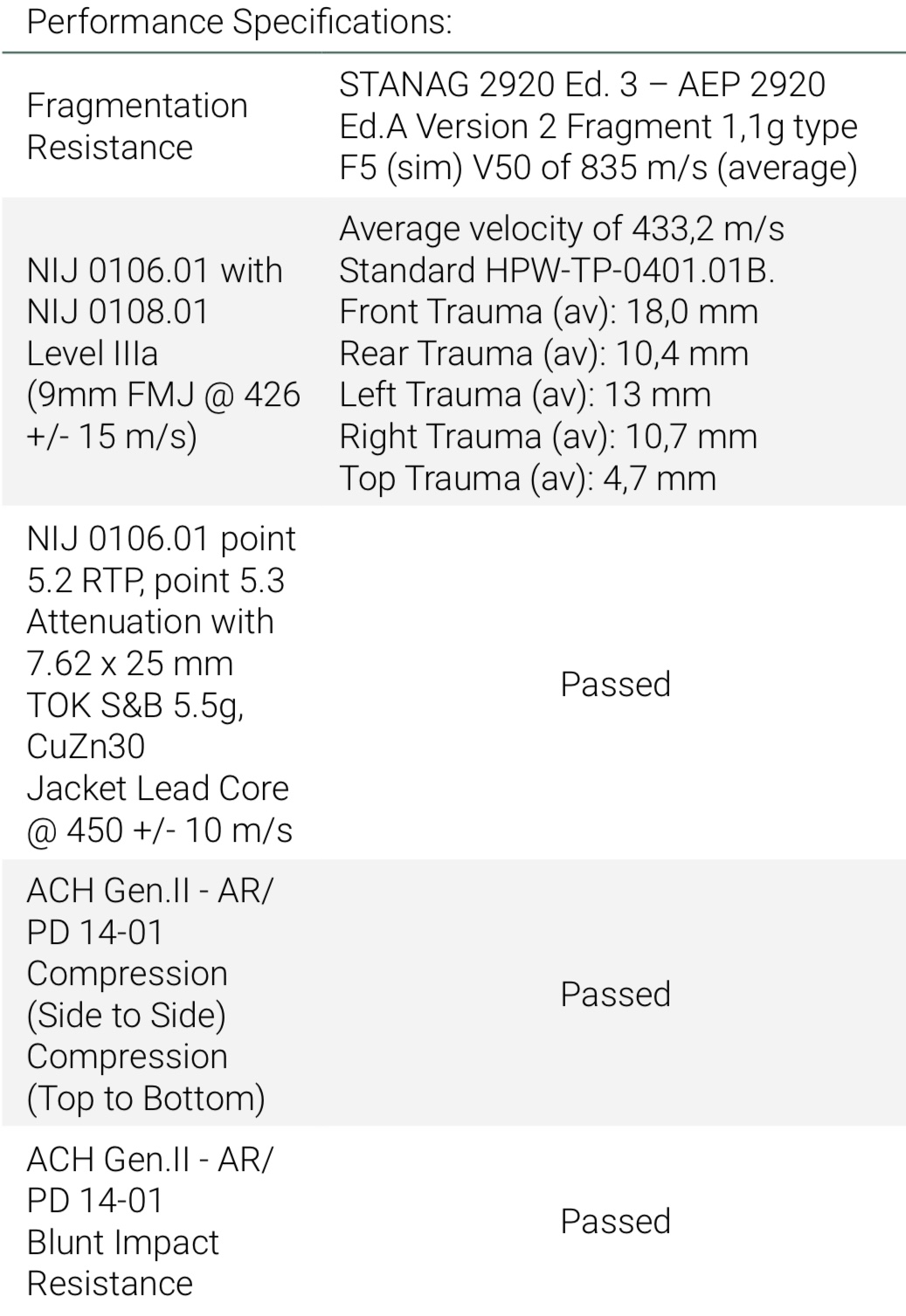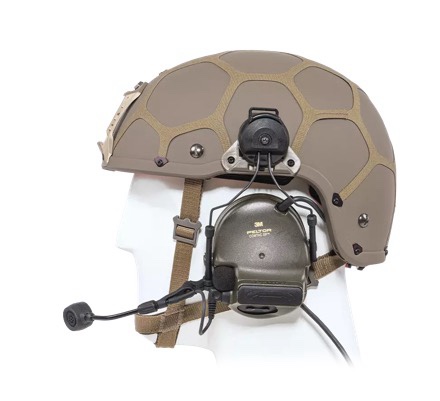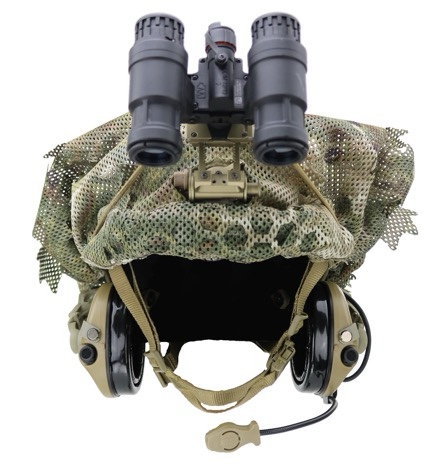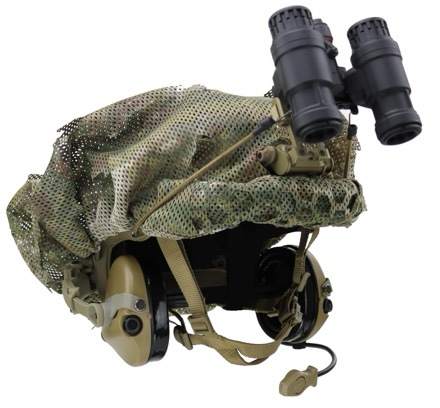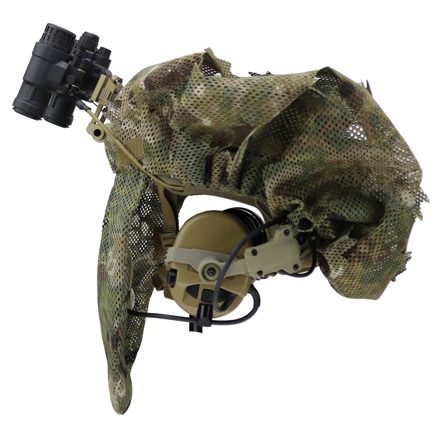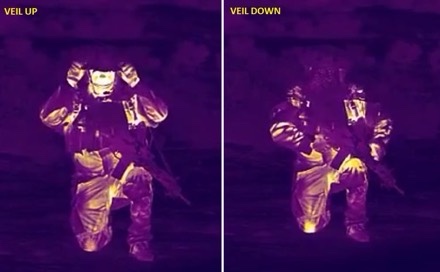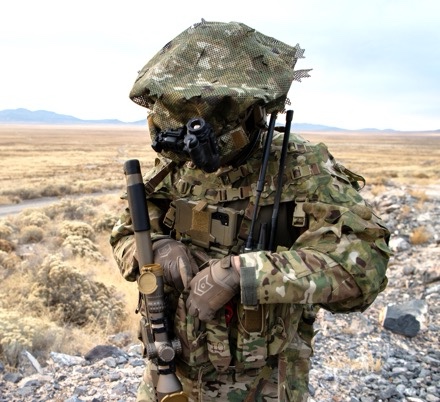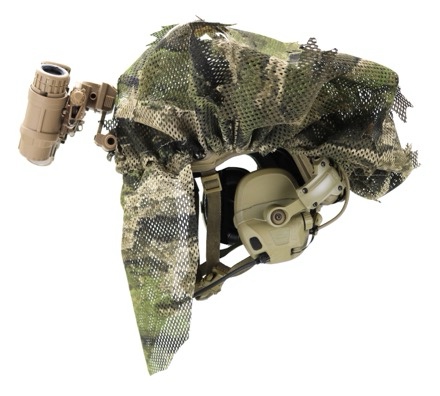NEW PRODUCT LINEUP WILL BE ON DISPLAY IN BOOTH 62307 AT THE VENETIAN EXPO
Team Wendy®, a leading global provider of exceptional head protection systems, announced it will showcase several new products at this year’s SHOT Show being held in Las Vegas, January 23-26, at the Venetian Expo and Caesars Forum. The new product lineup includes a rifle rated helmet, a non-ballistic nape guard and various new face shields designed to protect first responders during riots and other disturbances.
A prototype of the new rifle rated helmet, the Team Wendy RIFLETECH™, will be on display for preview purposes and is not yet available for purchase. The helmet meets the NIJ IIIA (according to NIJ STD 0106.01/108.01) standard for ballistic performance, with the added ability of stopping higher velocity threats. The helmet is expected to launch the summer of 2024.
The new Team Wendy non-ballistic nape guard features an ergonomic design, flame retardant material and intuitive helmet installation.
Three new tactical face shields will also be on display at the show:
The Team Wendy IIIA rated ballistic face shield offers superior anti-scratch capabilities and fog protection in addition to premium optical clarity. This ballistic rated face shield is compatible with the new Team Wendy EPIC™ ballistic range of helmets and both Team Wendy EXFIL® ballistic helmets.
The Team Wendy EPIC riot laser face shield and the Team Wendy EXFIL riot face shield, both designed for durability, provide optimal protection and are available with a liquid seal option. The EPIC riot laser face shield also delivers FT-2 laser protection.
The Team Wendy non-ballistic nape guard and the three new face shields will be available for purchase through distribution after the show. Interested parties should contact info@teamwendy.com to be connected to the appropriate regional sales manager.


